It's a versatile cartridge, runs well in ARs, and plenty have built hunting rigs around it. While it was built to be efficient in short barrels, loads vary, and there is still enough pressure to accelerate a bullet past the point it is all ignited. [/QUOTE]And no, i don't have specific data for each inch of barrel length and it's affect on velocity with supers. 300 blk was designed to be efficient out of short barrels, so it's a game of diminishing returns. With a .30 caliber bullet the barrel length at which you get diminishing returns is much shorter than most other rifle cartridges.
I would guess somewhere between 9" & 12" Even at 16", even with slow burning powders I would expect all the powder to be burned up so any additional barrel length causes additional drag resulting in less velocity. There is no mathematical certainty in anything related to terminal ballistics as there are too many variables, let's be clear on that. But in a sense of stacking the odds, it works like this.
At 2,700 fps and above, our bullet usually fragments. Below 2700 fps, the odds of our bullet fragmenting start falling lower. Every bullet ever built has an ideal barrel length to achieve maximum velocity. It is a complex physics equation related to powder burn, twist rate, friction, and gas pressure. My physics education consisted of "hurt people and break all their shit," so we are just going to talk in general terms.
Here is the old barrel length again… Longer barrels have been proven to have better velocities and it depends on your burn rate on your powder whether you get the full use of your barrel. The AAC uses a similar weight and dimensional bullet as a 30BR and 20 inch barrels and longer are the standard for those highly accurate bolt guns. A 30BR pushes from 107 grains to 120 grain 30 cal projectiles. The 30 BR is expected to shoot sub .5 MOA out to 300 meters and weight is at a premium for most of these guns.
A lighter gun via barrel would allow more other things to be used. But shortening the guns usually has resulted in less accuracy. At Minuteman Munitions we specifically designed our 300 Blackout rounds to be used in a 7"-11" barrel.
We wanted to maximize the amount of energy out of short barrels while staying well under transonic speeds. This lead us to a 1,050 ft/s target with an 8.5" barrel. This ensures a more complete powder burn for people using a shorter barrel. The only downside is that from a 16" gun you will not be subsonic. Then i tried a ps90 combo with 40g vmax, and a 57 pistol.
But the ps 90 held promise, 50rd cap, decent accuracy with a fast fire, light, compact, easily concealed and maneuvered. Obvious choice, secret service uses p-90's for psd, so…then i added up the cost and also what if it is a shtf Gun? Why dont i just go with a sbr in .223 and use 40g v max that out of a 7.5″barrel will exceed 2600fps depending on brand, they Reach near 4,000 fps in. Hmmm, maybe were on to something, same size weight as a 5.7, 40g and they are rated to 250m. The brains turn into pudding, they penetrate enough but dont overpenetrate and as the writer mentioned, they do fragment… Just a bit.
So, collateral damage is minimal but terminal ballistics are amazing. Wound cavities are huge and penetration is sufficient. Add a suppressor or cqb device and the blast is tamed. Additionally, i tested and eventually Added to the set, 60g v-max 55g tap penetrator, and 60g v-max for true suppressor use. You have an effective sbr setup that will rival any 300 blk setup, and yes, in a pistol length barrel.
Do you want the ideal cartridge to use with a suppressor or in rifles with short barrels? The .300 Blackout has a big advantage over the 7.62×39 in those areas. Because the .300 Blackout is designed for use in a standard AR style rifle, it will still cycle the bolt reliably when using subsonic ammunition and with a barrel length shorter than 16″.
Additionally, it doesn't suffer nearly as big of a drop off in performance as the 7.62×39 when using a shorter barrel either. I plan on building a 300 blk upper for deer hunting as it's more cost effective for me than buying a new bolt gun. I know people build 300blk guns because they are very quiet when shot with a suppressor. That's really not my thing and I'm only going to use super sonic rounds since it will be my deer upper. Since I'm putting the upper together my self I figured I'd build it to harness the maximum energy potential of the 300 blk round.
Terminal performance testing on over 2000 Texas feral hogs and various game animals as large as 800 pounds has proven it to kill much more effectively than the 6.5 Grendel, 6.8 SPC, 7.62×39 or 300 Blackout. Due to the optimization of bullet weight to barrel twist, accuracy has proven to be outstanding. Sub one-inch groups are the norm with multiple bullet choices for varying applications such as hunting, target shooting and tactical use. I will chronograph supersonic loads for the 110 & 125 grain using H110. I have not developed my subsonic loads but will use a 225 gr.
After getting velocity w/ a 16" barrel, I am going to cut down the barrel by 1" & get updated velocity data. Loads will stay constant, but I will adjust the subsonic loads as necessary to maintain 1050 fps. For Supersonic, my objective is to see how the velocity drops off with barrel length.
With subsonic, the objective will be to maintain reliable function. I will not want to give up too much supersonic performance and expect that I will end up with a barrel length of somewhere between 10" to 12". The shortened barrel would be mounted in a pistol lower so that I do not create a SBR in the process. We have noticed that most manufactures are designing their 300 Blackout load based on 16" barrels.
Doing this is an attempt at making a "universal round" that works for all barrel lengths, when in fact this only neuters the capabilities of this cartridge. What this means is that the majority of manufactures are designing this round to have a velocity of 1,050 out of a 16" barrel. That did more to spark interest in NFA items than anything.
And adding a foot-long can to a full-length rifle is not optimal, particularly when you can push a 220 grain bullet to just under the speed of sound in six inches or so. If you build an AR pistol, the 300 is the perfect round. Its not going to be long until you want to suppress it and/or SBR it. If you start with wanting a suppressed gun, you will eventually get to the 300.
Since the paperwork and tax didn't kill you, and they already have your fingerprints, you're gonna want to SBR it. Any time you put a can on a rifle, an adjustable gas block will allow you to tune it. I came here for a clue about what barrel to get for a pistol build, but I know once I have it I'm going to want a real stock and a suppressor. Testing would be done on a pistol lower so that I would not be creating an SBR in the process. Check out the gel test Black Hills did of their ammunition featuring the 110-grain Barnes TTSX bullet fired out of a 5.5-inch barreled SIG Rattler. There is no shorter 300 Blackout gun on the market, and out of the SIG's short tube this load provided 1,879 fps.
Remember, with slower velocities bullets tend to expand less, and penetrate more deeply. At this speed the Barnes copper solid bullet expanded to .59 of an inch, retaining all of its weight and penetrating 22-inches into the gel block. The .300 AAC Blackout, on the other hand, in supersonic form, is a completely different animal, and it was designed that way. The traditional powder inside the supersonic load is Hodgdon HI 10 or Win 296 (they're the same powder).
Which is why pretty much all Blackout barrels shorter than 16 inches have pistol length (four-inch) gas systems. With the 300 BLK you don't see carbine-length gas systems until you get to a 16-inch barrel. I have multiple SBRs (5.56, .300 BLK and even a 7.62X51).
Each one works better than the other in certain situations and each one has general advantages and disadvantages (weight terminal ballistics and sound signature). I suppress all of my ARs, even my .300 Win Mag NEMO and sound signature is a consideration, depending on the work you are doing. If you are clearing rooms and you don't want the rest of the building rolling in on you after the first shot, 300 BLK is the definite choice. All others will go supersonic and you will get a crack the equivalent of shooting an un-silenced .22, which is not quite at all. If you only consider terminal energy, I highly recommend my 12.5 inch 7.62 SBR. T out of anything you shoot with it, but it is heavy and loud, even when suppressed.
But a MK18 upper (10.5 inch) has been used by the Navy and Army Tier 1 operators for a long time and it is tried and true. I get your argument but first… I too am a Soldier and have been in the Army/Army Reserve's for over 38 years . I'm also a retired State Trooper and a firearms instructor. As you may or may not know, SOCOM are permitted generous leeway on their selection of weapons and calibers.
I'm also speaking about weapons selected for up close and personal work with short barrels. The preferred weapon of choice for nearly all of these entities 5-10 yrs ago used to be variants of the MP5 in 9mm, however, the platform of choice these days is the M16/AR15 SBR in 5.56. More punch than the 9mm, longer range even with short barrels and they can carry the same amount of ammo. This generally is this is due to the limitations related to range – the bigger calibers are simply outperformed by the 5.56 as range increases . This makes these larger calibers limited to purposes generally under 150 yards, which puts them in a box.
The other issue is the cost and availability of ammo – nearly two to three times that of 5.56 and fewer manufacturers. So, if you know you will only use the 300 blk for close range and are willing to pay the price of ammo – go for it. I like the 300 Blackout as do several of my friends, just know it too has limitations.
For velocity and accuracy testing, I used a combination of everyday ammo like American Eagle 55-grain FMJ and M855 Steel Core, and Norma 77-grain Match ammo.So why does this happen? It's almost certainly not because the "powder didn't have enough room to burn." Generally speaking, all the powder THAT IS GOING TO BURN does, in fact, burn in the first few inches of barrel length. What it does tell us is that the gas cloud is still expanding faster than the volume of the barrel is increasing when the bullet exits a 16-inch barrel. In other words, pressure is still building when we run out of barrel in the 16-inch rifle, so some of that pressure is wasted.
There is one other variable that probably contributes to this difference. Barrel length directly affects the velocity of your cartridge. If your barrel's too short, the gunpowder in the shell casing won't have enough "burn time" to accelerate the round downrange, and your round won't reach optimal speed. This will result in the round dropping too quickly and/or being affected by wind drift more than it should. Total effective range will be dramatically reduced, and you'll have less energy striking your target.
A lack of energy is of particular concern in self-defense and hunting situations. Most factory ammunition, both supersonic and subsonic, contains a powder charge that completely burns in a barrel between 9-10" long. There is no need for a .300 Blackout firearm to have a barrel longer than 10.5". Longer barrels provide minimal muzzle velocity, but they add weight.
Some weight can be beneficial to combat recoil, but a rifle that is too heavy is cumbersome. A google search used to bring up a certain blackout "development history" on the first page. And having more muzzle energy than a 223, especially for shorter barrels. The same can be said for virtually all bottle neck rifle cartridges -- from 223 to the biggest magnums. And yet we have long barrels for many applications, such as long distance shooting.
And applications where one wants to minimize bullet drop and wind deflection. And applications where one wants to maximize down range velocity to increase energy on target. When choosing between 300 Blackout 1-8 or 1-7 twist rates, consider over-stabilization. This usually happens when you shoot a bullet through a gun barrel with a faster twist rate than what's required for the particular bullet weight.
Based on the chart, if you plan to use a heavier bullet, choose a faster twist rate to ensure stability. Generally, you can still shoot through 300 Blackout barrels with a twist rate that's at the end of another fence, but it won't ideally give you the maximum ammunition performance. A big advantage to the .300 Blackout is that it allows a user to use only one caliber while switching between barrier penetrating, subsonic, and supersonic ammunition all the same time. The Honey Badger was originally, for military purposes, designated the "Low Visibility Carbine." It was designed to provide the familiarity and function of an AR while being short, compact, and very quiet when suppressed. It was a select-fire weapon that sported a six-inch barrel, an AAC suppressor, and a proprietary collapsible stock.
Not coincidentally, the final product was roughly the same weight and length as the famed MP5SD while having better ergonomics and increased terminal performance with both sub- and supersonic ammunition. That gives near ideal velocity and full powder burn, usually in the 3,100 to 3,250 fps range. Every time we cut the barrel off, we lose some amount of velocity, and it is also not a straight graph line. It also varies by some degree per barrel manufacturer.
Cut to 16 inches, you start at the muzzle at about 2,850 fps with average bullet weights. In a 10-inch barrel, you are already well below the fragmentation threshold at room distance. I vote for AR15 in 7.62 x39, only a bolt, (not b.c.g.) is needed, you might need an extended firing pin, of course 7.62×39 barrel and magazines are required. When you shoot this combination, there is no doubt of the increased power over 5.56x 45. I have built 4 AR15s in this caliber, and while a bit more difficulty is involved the extra effort is well worth it. Most loadings for this cartridge are designed for 16″ barrels, so not much velocity is lost with shorter barrels.
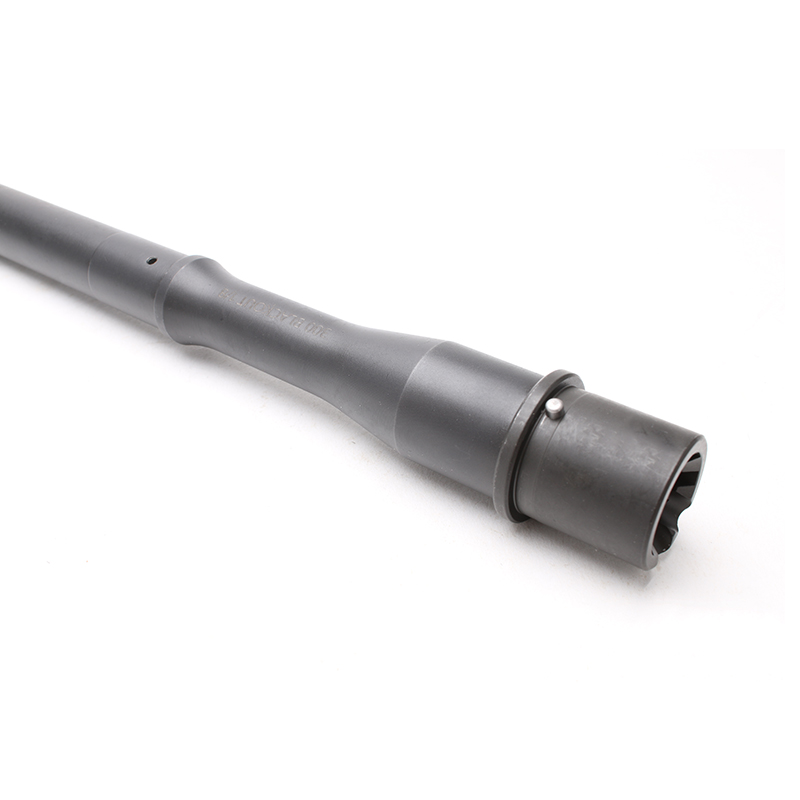


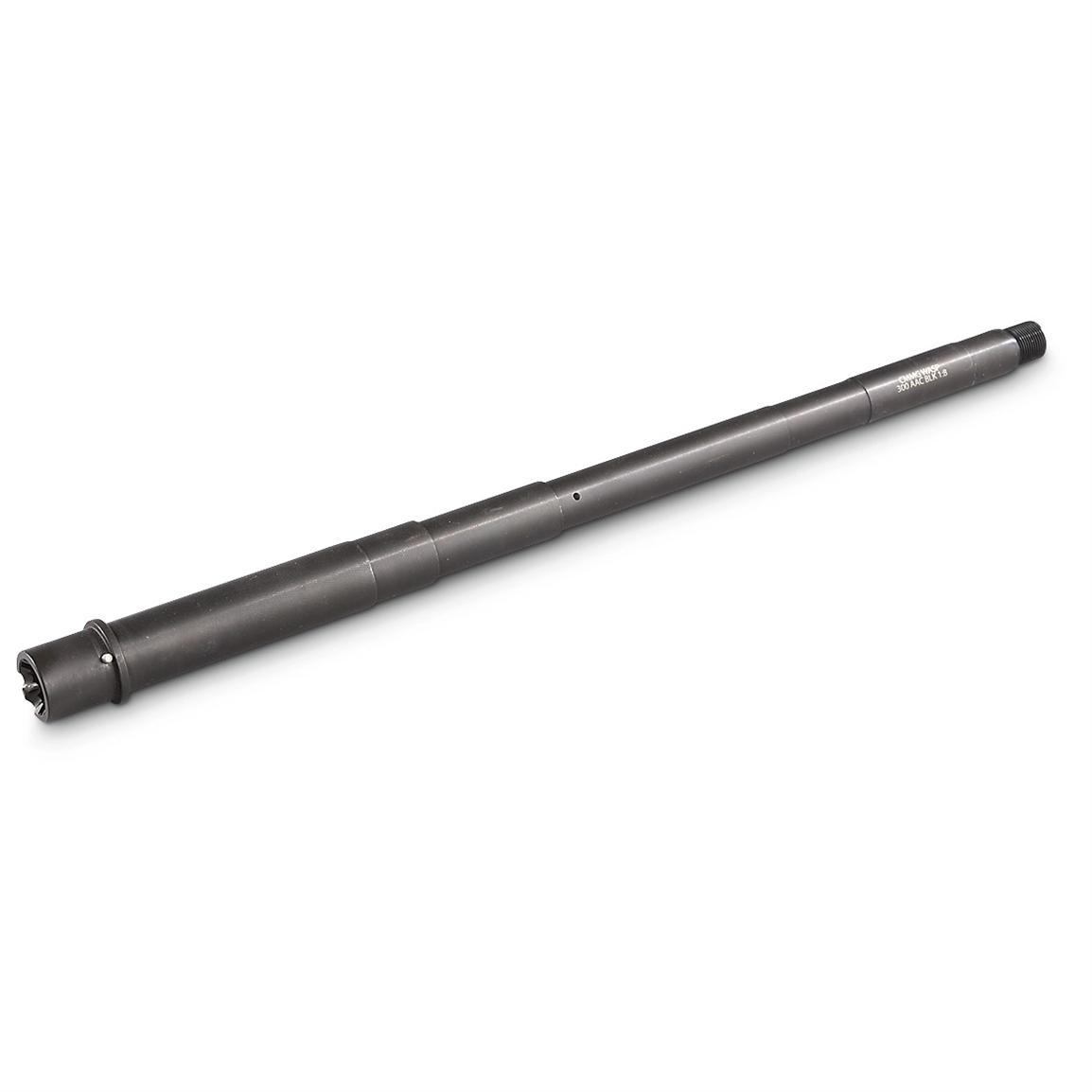






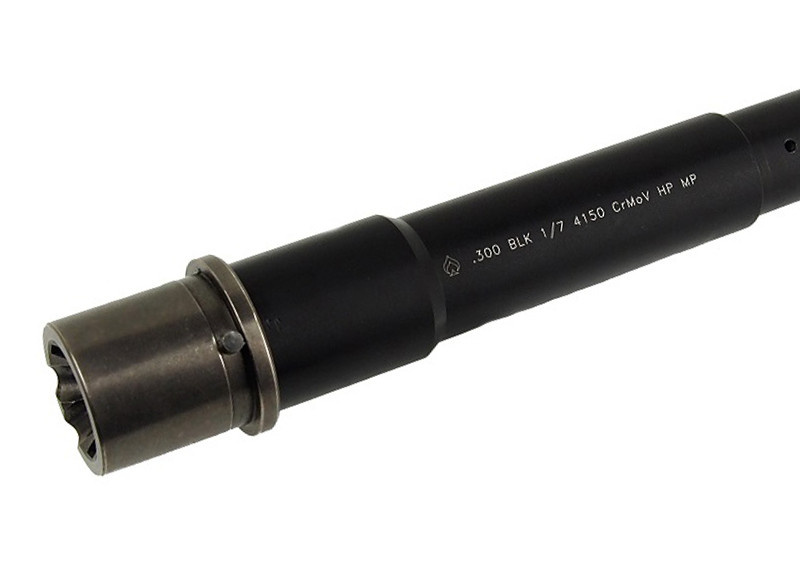






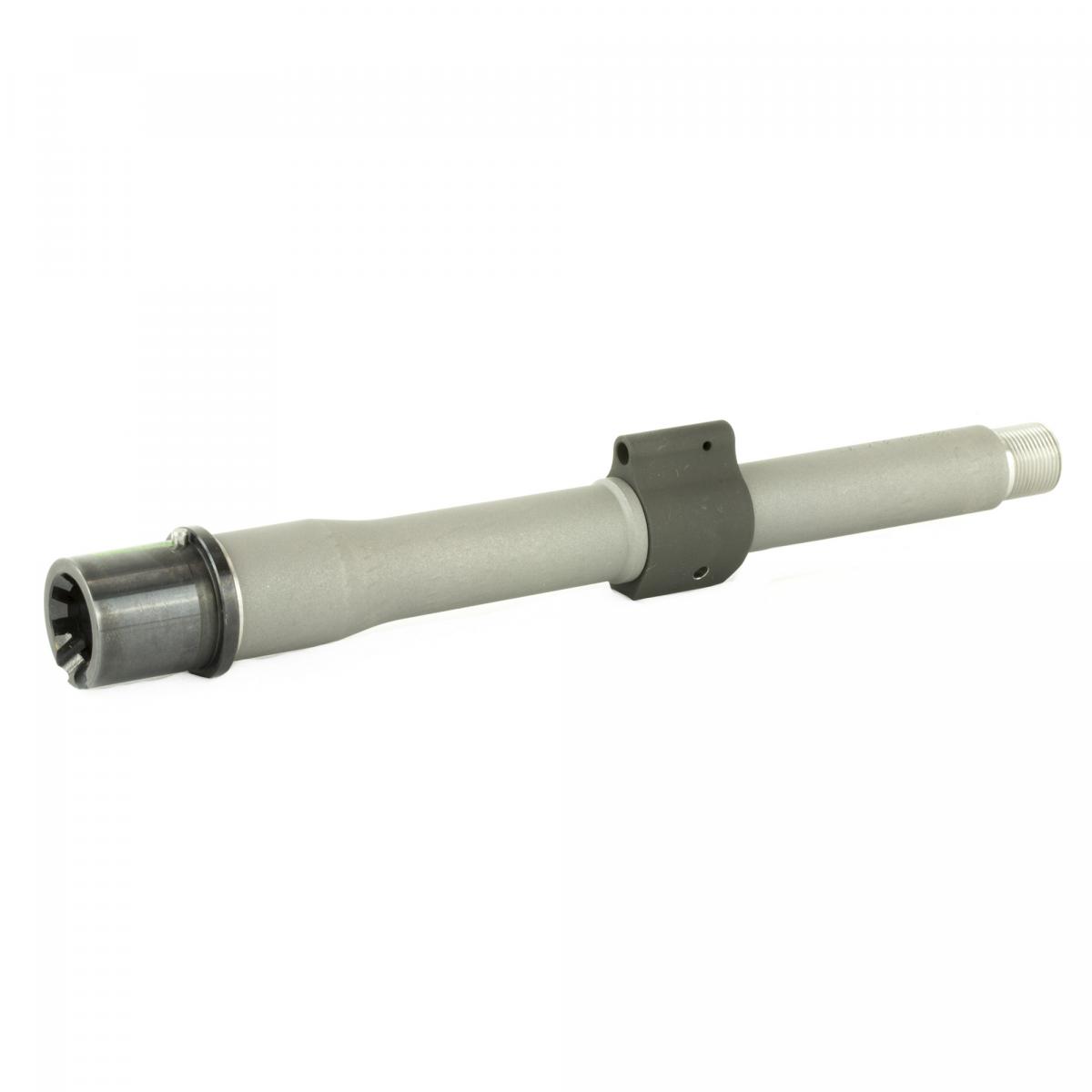



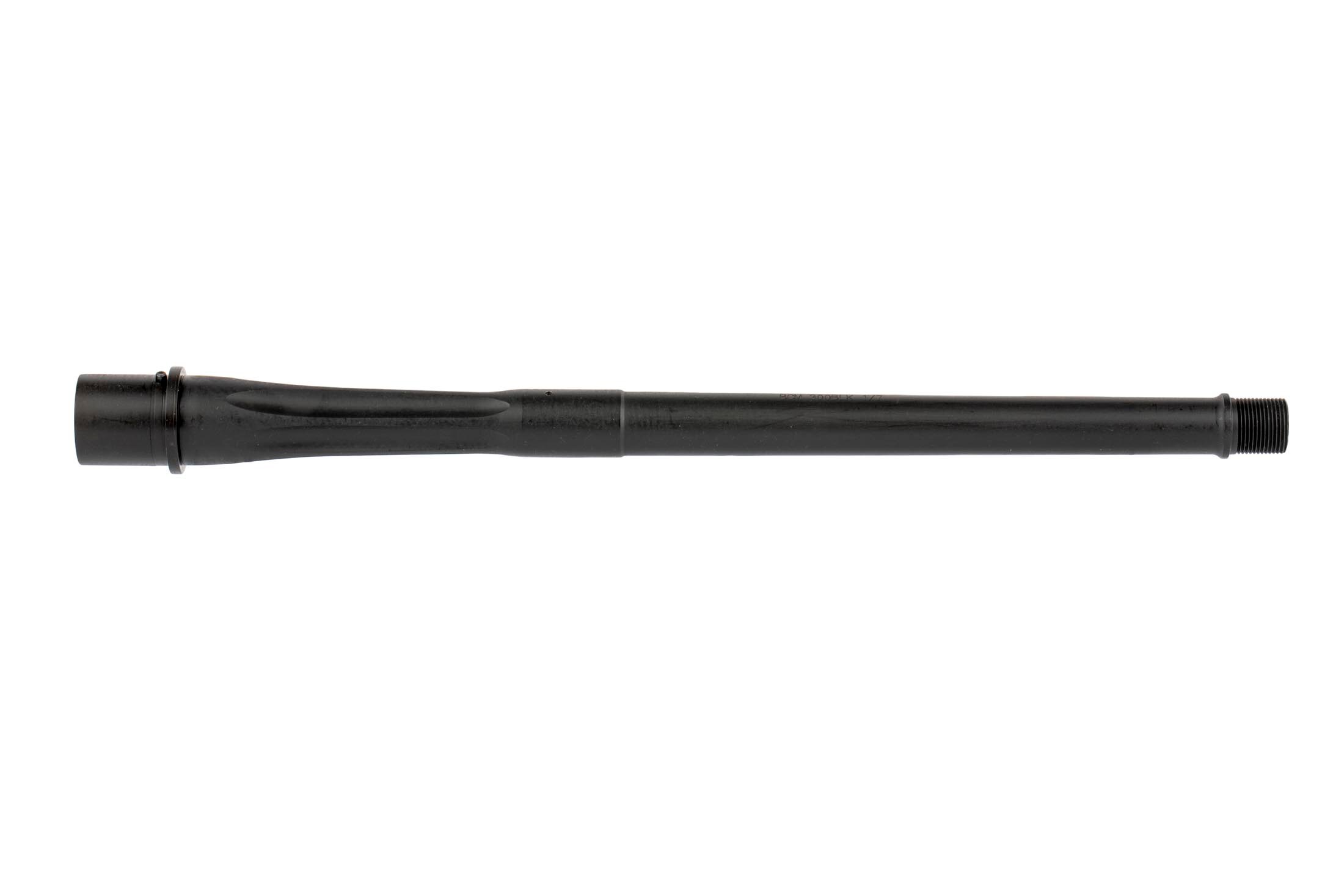



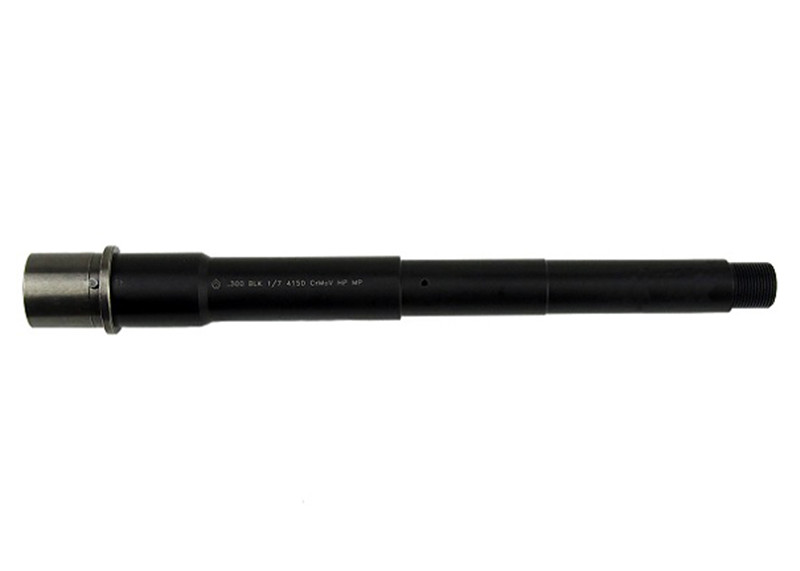

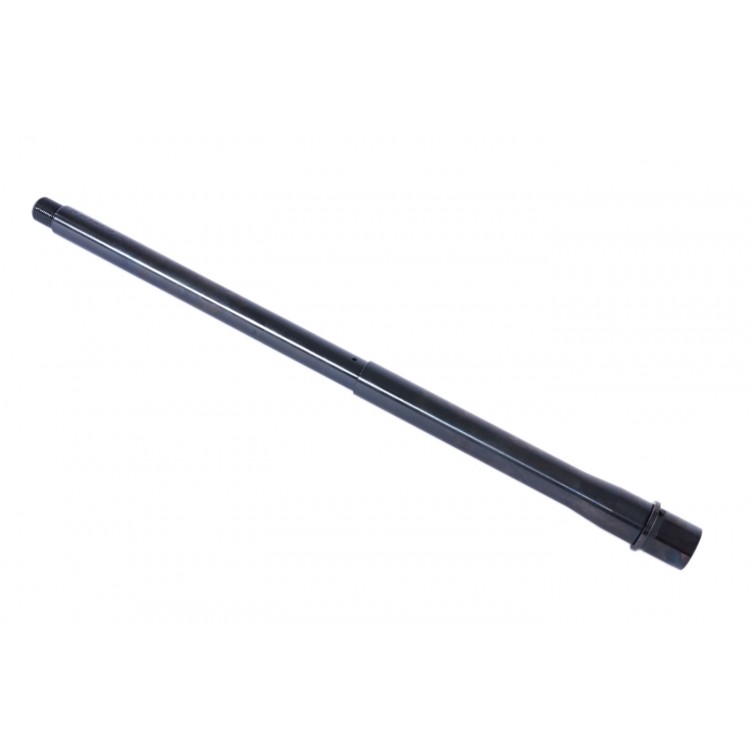

No comments:
Post a Comment
Note: Only a member of this blog may post a comment.